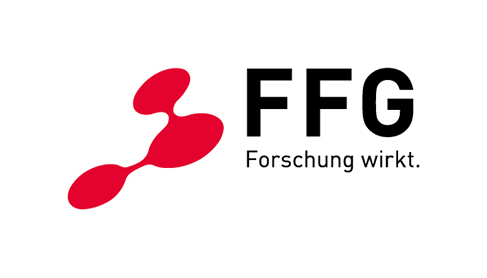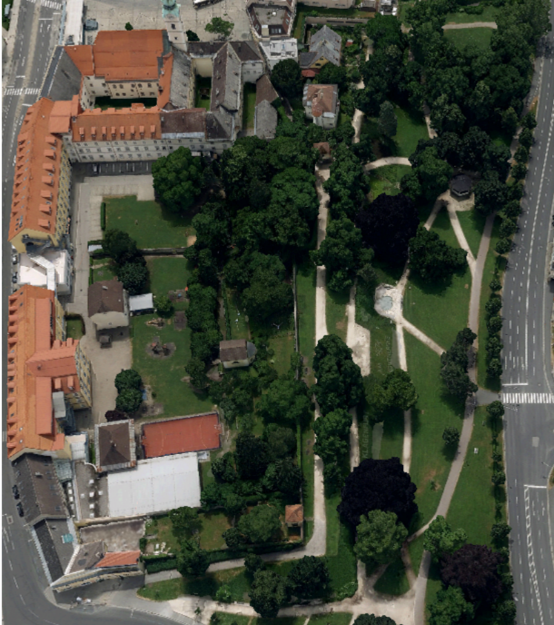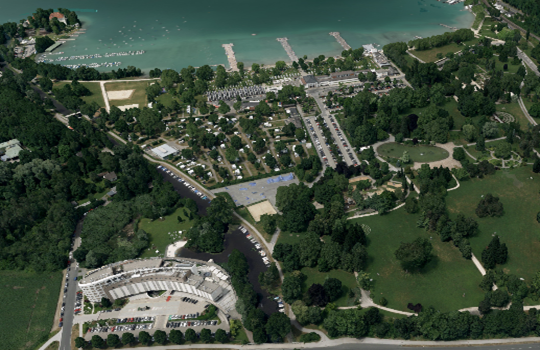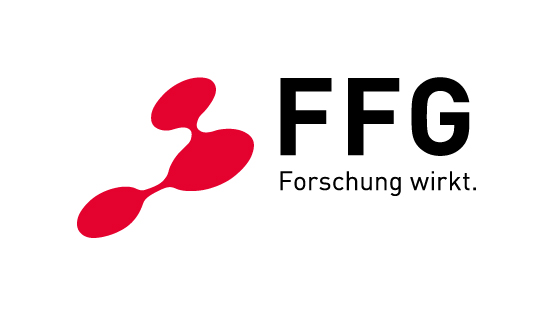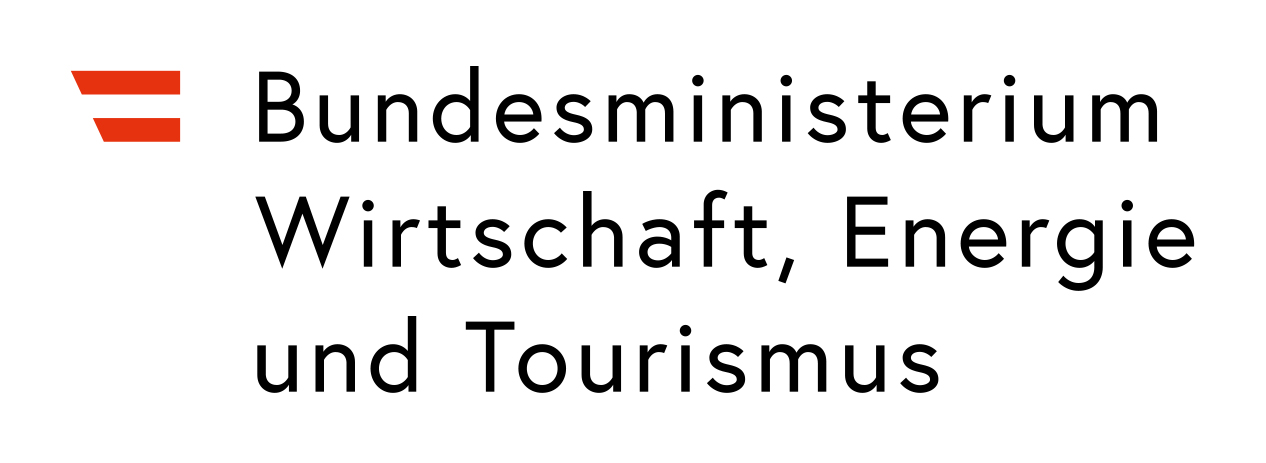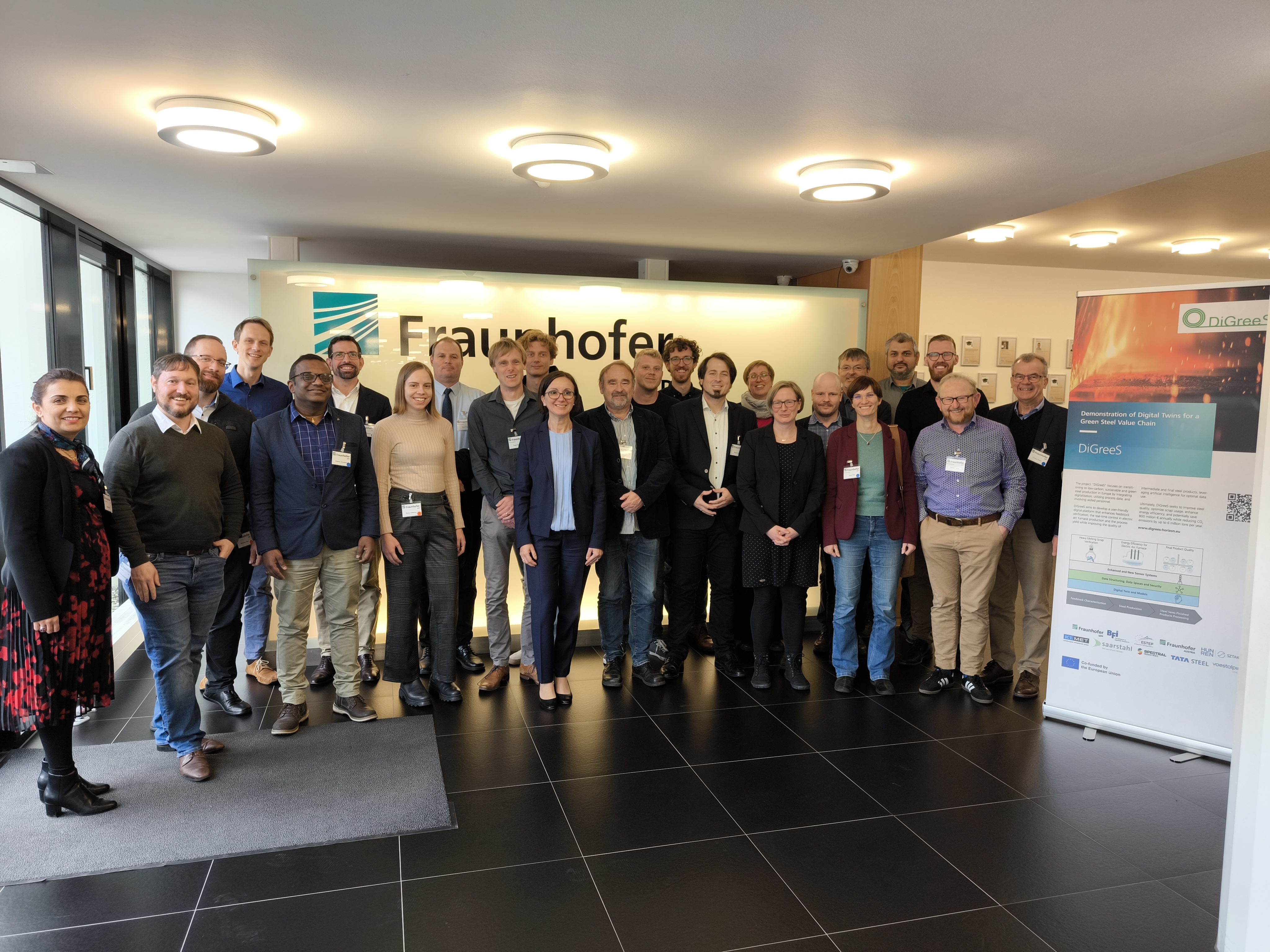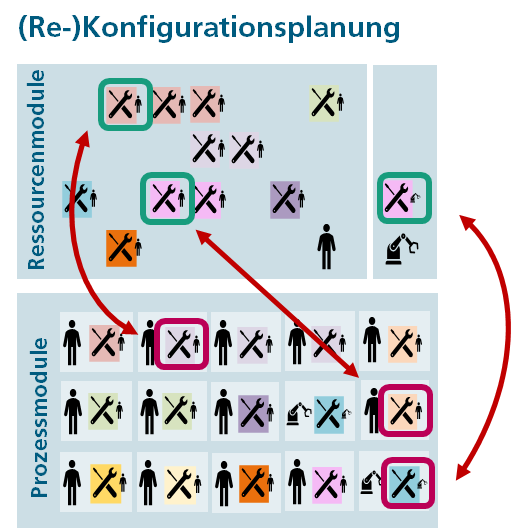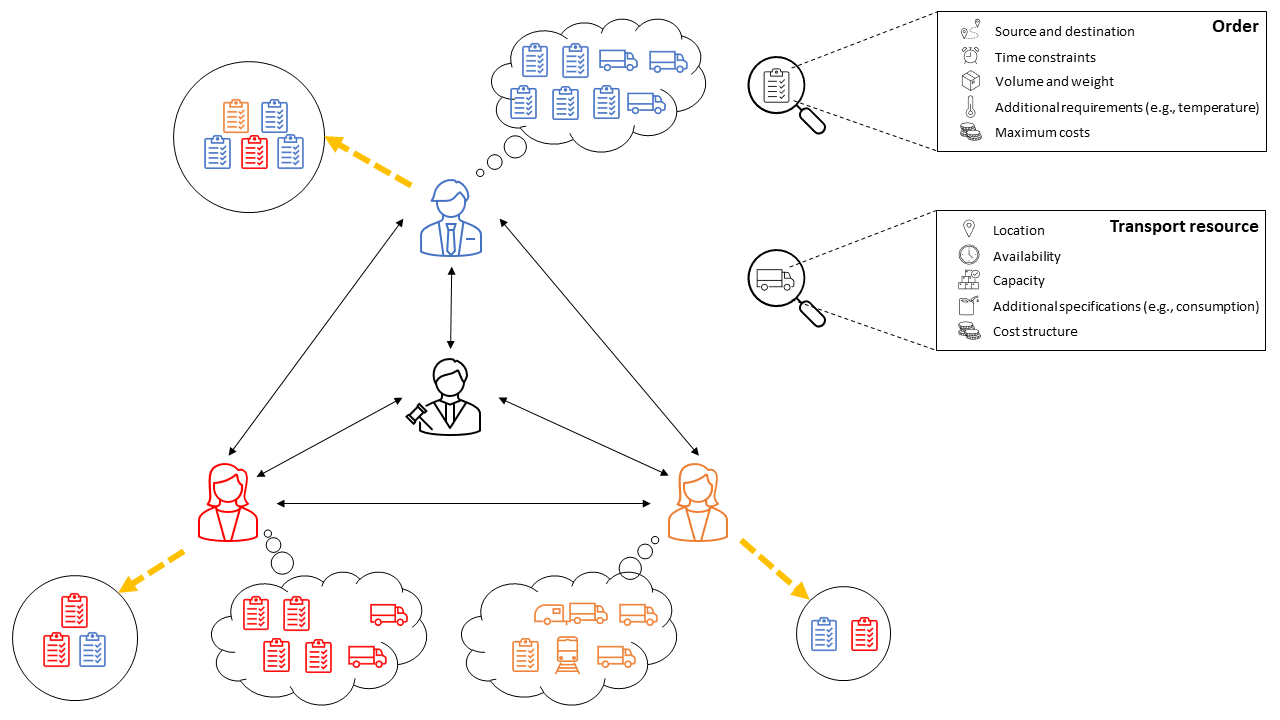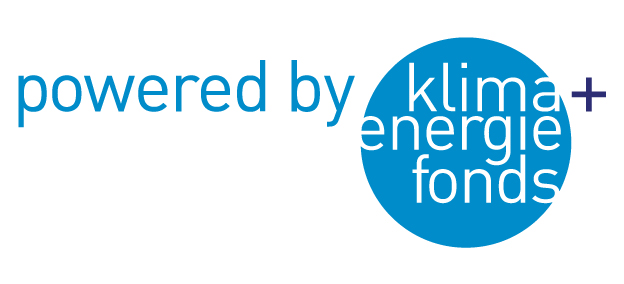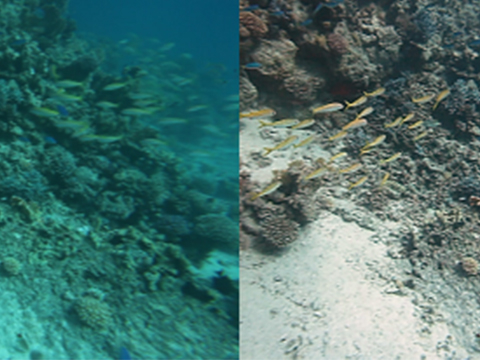Projektziele
Im österreichischen Mobilitätsmasterplan 2030 wurde zur Erreichung der Klimaneutralität im Verkehr das Leitprinzip „vermeiden, verlagern, verbessern“ formuliert. Ziel von Övvvi ist es, durch die Erfassung, Integration, Analyse und strukturierte Bereitstellung von Mobilitätsdaten einen Beitrag zur Erreichung der hinter dem Leitprinzip stehenden Ziele zu leisten.
Vier konkrete Projektziele werden verfolgt:
- Entwicklung einer datenschutzkonformen, zuverlässigen und wirtschaftlichen Lösung zur automatischen Erfassung von Fahrgastströmen,
- Erläuterung von wesentlichen technischen und nichttechnischen Voraussetzungen für einen funktionierenden Mobilitätsdatenraum,
- Aufzeigen von Lösungen zur datenbasierten Steigerung der Attraktivität und Wirtschaftlichkeit des ÖPNV und
- Erstellung eines Umsetzungskonzepts, das die Fertigentwicklung und breite Ausrollung der Lösungen und die Integration in einen Mobilitätsdatenraum umfasst.
Datenschutzrechtlicher Hinweis
Im Rahmen des Forschungsprojekts Övvvi hat die Fraunhofer Austria Research GmbH die Aufgabe übernommen, ein Verfahren zur Anonymisierung von Bilddaten zu entwickeln und evaluieren. Unser Forschungsziel besteht in der Entwicklung eines Instruments, das Mobilitätsdaten datenschutzrechtskonform erfassen, integrieren, analysieren und strukturiert bereitstellen kann. Dieses Tool soll einen Beitrag dazu leisten, die Angebote des öffentlichen Personennahverkehrs (ÖPNV) den Fahrgastnutzerbedürfnissen anzupassen und damit den ÖPNV attraktiver zu machen.
Wir benötigen für valide Forschungsergebnisse Echtdaten (Ground Truth-Daten). Die benötigten Daten werden uns von der Ötztaler Verkehrsgesellschaft m.b.H. bereitgestellt. Deren für den ÖPNV eingesetzte Linienbusse verfügen aus Sicherheitsgründen an gekennzeichneten Stellen im Innenbereich über Videoanlagen mit fixen Kamerapositionen. Wir werden die an einigen Tagen des Projektzeitraums von den Kameras der Linienbusse während der Betriebszeiten aufgenommenen Bilddaten analysieren.
Auf den Bilddaten sind die Gesichter der Fahrgäste (biometrische Daten) sowie Datum und Uhrzeit der Aufnahmen erkennbar. Mittels automatisierter Bildverarbeitung werden wir einzelne Personen aus den Kamerabildern freistellen und jeweils ein pseudonymisiertes Merkmal aus den Ansichten der Fahrgäste extrahieren. Diese Merkmale erlauben über einen Ähnlichkeitsvergleich eine Zuordnung derselben Person in unterschiedlichen Bussen, und mittels Verknüpfung der Busfahrplandaten können Fahrgastströme für einen limitierten Betrachtungszeitraum erstellt werden.
Die Datenverarbeitung erfolgt nur im erforderlichen Ausmaß und mit den gelindesten zur Verfügung stehenden Mitteln, die geboten sind, um die Forschungsziele im Projekt Övvvi bestmöglich zu erreichen und valide Forschungsergebnisse zu erzielen. Außerhalb des Projekts Övvvi werden die personenbezogenen Daten nicht verarbeitet. Durch geeignete technische und organisatorische Maßnahmen werden Integrität und Vertraulichkeit der personenbezogenen Daten sichergestellt. Die Übergabe der Bilddaten erfolgt persönlich und auf einem verschlüsselten Datenträger an nur diejenigen zuverlässigen wissenschaftlichen Mitarbeiter:innen der Fraunhofer Austria Research GmbH, welche unmittelbar mit den Forschungsarbeiten (= Auswertung der Daten im Projekt) betraut sind. Die Daten werden auf lokaler Infrastruktur gespeichert und in geeigneter Weise gegen unbefugten Zugang von intern und extern abgesichert.
Am Ende der Datenverarbeitung wird eine anonyme Darstellung der Fahrgastströme vorliegen. Denn nach der Verknüpfung von Personenmerkmalen mit den Fahrplandaten wird jedem Fahrgast eine anonyme ID zugewiesen. Anhand dieser anonymen ID lässt sich nachvollziehen, an welchen Haltestellen ein Fahrgast ein- und ausgestiegen ist und welche Linienbusse er benützt hat. Es wird keine personenbezogenen Endergebnisse geben, und weder während der Verarbeitung noch danach werden personenbezogene Daten veröffentlicht werden. Die Veröffentlichung der personenbezogenen Daten wird ausschließlich in anonymisierter Form erfolgen. Nach Abschluss der Analyse (sofern die personenbezogenen Daten nicht länger für die Durchführung der Forschungsarbeiten benötigt werden), in jedem Fall aber nach dem Erhalt des Entlastungsschreibens des Förderungsgebers (offizielles Projektende), werden wir die personenbezogenen Daten umgehend löschen.
Gemäß dem in Österreich anwendbaren Datenschutzrecht kommt der Fraunhofer Austria Research GmbH im Hinblick auf die beschriebenen Datenverarbeitungsvorgänge die Rolle als „Verantwortlicher der Untersuchung“ zu. Da die Fraunhofer Austria Research GmbH eine wissenschaftliche Einrichtung gemäß § 2b Z 12 Forschungsorganisationsgesetz (FOG) ist, können wir uns als Rechtsgrundlage für die Zulässigkeit der beschriebenen Datenverarbeitungsvorgänge auf §§ 2d Abs. 7 und 8 FOG stützen, und wir haben einen Antrag an die Datenschutzbehörde gestellt, die Verarbeitung von personenbezogenen Daten (darunter biometrische Daten) für im öffentlichen Interesse liegende wissenschaftliche Forschungszwecke zu genehmigen. Die Datenschutzbehörde hat uns diese Genehmigung erteilt.
Bei allfälligen Rückfragen oder für nähere Auskünfte wenden Sie sich bitte an datenschutz@fraunhofer.at.
 Fraunhofer Austria
Fraunhofer Austria